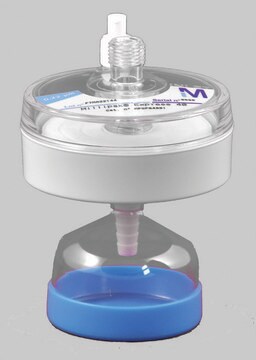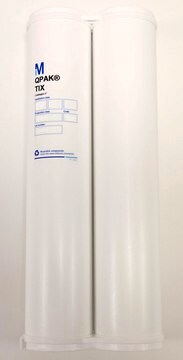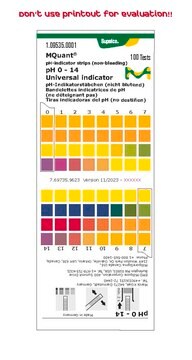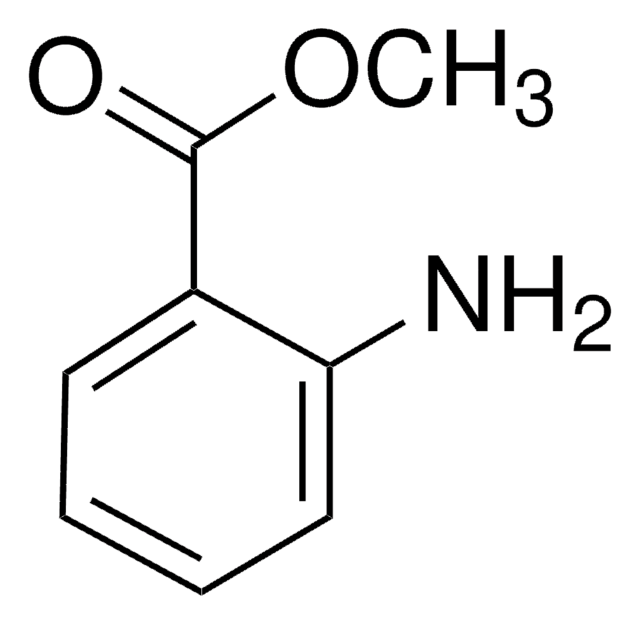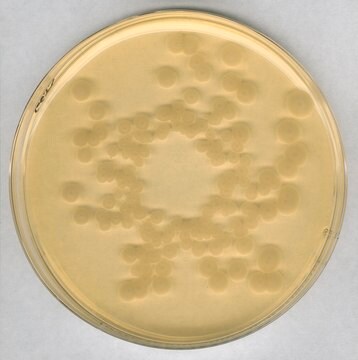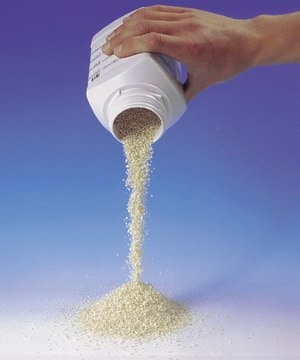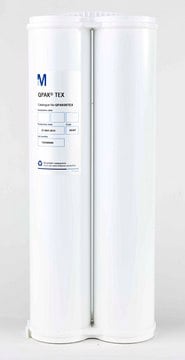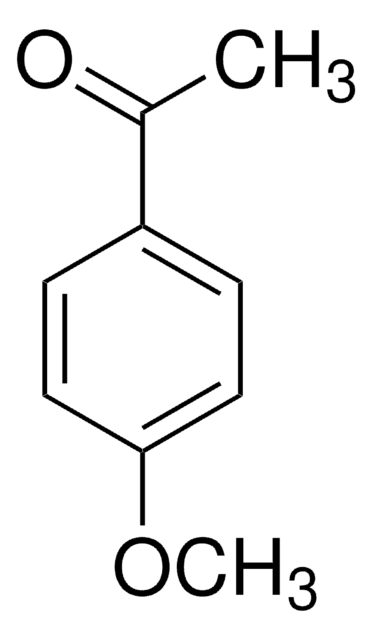W269905
6-Methylcoumarin
≥99%, FCC, FG
Synonyme(s) :
6-methylchromen-2-one, Cocodescol, Pralina, Toncair, Toncarine
About This Item
Halal
Kosher
Produits recommandés
Source biologique
synthetic
Niveau de qualité
Qualité
FG
Halal
Kosher
Agence
meets purity specifications of JECFA
Conformité réglementaire
EU Regulation 1334/2008 & 178/2002
FCC
Essai
≥99%
pb
303 °C/725 mmHg (lit.)
Pf
73-76 °C (lit.)
Application(s)
flavors and fragrances
Documentation
see Safety & Documentation for available documents
Allergène alimentaire
no known allergens
Propriétés organoleptiques
coconut; creamy; sage; vanilla
Chaîne SMILES
Cc1ccc2OC(=O)C=Cc2c1
InChI
1S/C10H8O2/c1-7-2-4-9-8(6-7)3-5-10(11)12-9/h2-6H,1H3
Clé InChI
FXFYOPQLGGEACP-UHFFFAOYSA-N
Vous recherchez des produits similaires ? Visite Guide de comparaison des produits
Application
- Development of Sustainable Insecticide Candidates for Protecting Pollinators: Insight into the Bioactivities, Selective Mechanism of Action and QSAR of Natural Coumarin Derivatives against Aphids.: This study explores the potential of 6-Methylcoumarin and other natural coumarin derivatives as sustainable insecticides, highlighting their bioactivities and selective mechanism of action. The research aims to protect pollinators while targeting aphids, providing a promising alternative to conventional pesticides (Zhou et al., 2023).
- Conductive Vial Electromembrane Extraction of Opioids from Oral Fluid.: This research presents a novel method using conductive vial electromembrane extraction for isolating opioids from oral fluid. While the primary focus is on opioids, the study utilizes 6-Methylcoumarin as a key component in the extraction process, showcasing its versatility in analytical chemistry applications (Skaalvik et al., 2023).
- 6-Methylcoumarin Promotes Melanogenesis through the PKA/CREB, MAPK, AKT/PI3K, and GSK3β/β-Catenin Signaling Pathways.: This article investigates the role of 6-Methylcoumarin in promoting melanogenesis, detailing the molecular pathways involved. The findings suggest potential applications in dermatology and cosmetic science, particularly in skin pigmentation treatments (Kim et al., 2023).
- Recursively Positive and Negative Chemotaxis Coupling with Reaction Kinetics in Self-Organized Inanimate Motion.: This research delves into the chemotactic behavior of inanimate particles, using 6-Methylcoumarin in the reaction kinetics studies. The study contributes to the understanding of self-organizing systems, with implications for material science and biophysics (Matsuo et al., 2023).
Actions biochimiques/physiologiques
Mention d'avertissement
Danger
Mentions de danger
Conseils de prudence
Classification des risques
Acute Tox. 4 Oral - Resp. Sens. 1 - Skin Sens. 1
Code de la classe de stockage
11 - Combustible Solids
Classe de danger pour l'eau (WGK)
WGK 3
Point d'éclair (°F)
Not applicable
Point d'éclair (°C)
Not applicable
Équipement de protection individuelle
dust mask type N95 (US), Eyeshields, Faceshields, Gloves
Faites votre choix parmi les versions les plus récentes :
Déjà en possession de ce produit ?
Retrouvez la documentation relative aux produits que vous avez récemment achetés dans la Bibliothèque de documents.
Les clients ont également consulté
Notre équipe de scientifiques dispose d'une expérience dans tous les secteurs de la recherche, notamment en sciences de la vie, science des matériaux, synthèse chimique, chromatographie, analyse et dans de nombreux autres domaines..
Contacter notre Service technique